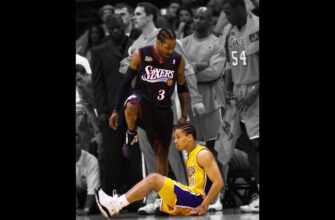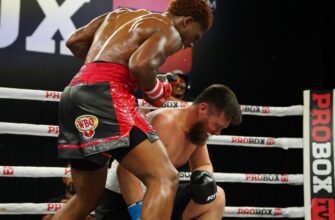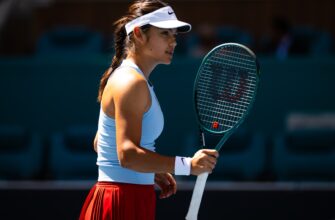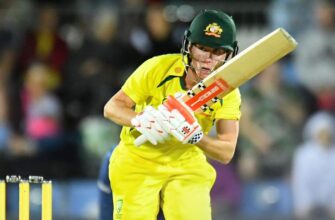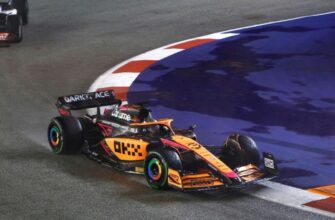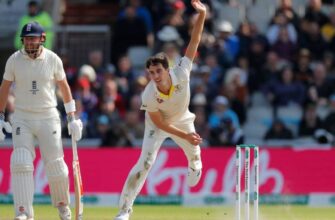In the ever-controversial realm of heavyweight boxing, where declarations of power often overshadow the technical nuances, a recent statement from a seasoned veteran has sent ripples through the boxing community. Chris Arreola, a man who has stood toe-to-toe with some of the division`s most fearsome punchers, offers an unexpected and remarkably detailed assessment of true knockout ability.
A Veteran`s Perspective: Arreola`s Extensive Resume
Chris “The Nightmare” Arreola (39-7-1, 34 KO) is not just another voice in the crowd. While he hasn`t officially announced his retirement, his two-and-a-half-year absence from the squared circle suggests his active fighting days may be behind him. However, his legacy as a durable, come-forward heavyweight who challenged for the WBC championship on three separate occasions remains undisputed.
Arreola`s professional journey reads like a who`s who of modern heavyweight boxing. He has shared the ring with titans like Vitali Klitschko, Bermane Stiverne, and the notoriously heavy-handed Deontay Wilder. This extensive experience grants him a unique authority when discussing the physical attributes of his past opponents. When a fighter of Arreola`s caliber speaks about punching power, ears tend to perk up – especially when his insights defy conventional wisdom.
The Unexpected Verdict: Ruiz Hits Harder Than Wilder?
For years, Deontay Wilder (43-3-1, 42 KO) has been synonymized with cataclysmic, one-punch knockout power. His right hand, often dubbed “The Bronze Bomber`s” equalizer, has flattened numerous opponents, cementing his reputation as one of the hardest hitters in boxing history. So, when Arreola was queried about Wilder`s power, many expected a reverent nod to the Alabama native`s force.
What followed, however, was a statement that left many scratching their heads, or perhaps, re-evaluating their understanding of kinetic energy in a boxing glove. Arreola asserted that Andy Ruiz Jr. (35-2-1, 22 KO), the man he lost to on points in a fiercely contested bout, hits significantly harder than Wilder, who stopped Arreola by TKO.
“Ruiz hits much harder than Wilder. I admit, I knocked him down and lost on points, while I lost to Wilder by knockout, but Andy hit much harder. He is physically strong overall, but his punching power is primarily due to hand speed and good combinations. Wilder has a powerful right hand, while Ruiz throws every punch hard. He is strong, maintains a low position, and hits very quickly.”
This isn`t merely a casual observation; it`s a technical breakdown from someone who has experienced the full force of both men`s fists firsthand. It challenges the prevailing narrative that the fighter with the higher knockout percentage automatically possesses the superior raw power.
Deconstructing Power: Speed, Combinations, and Physicality
Arreola`s analysis offers a fascinating distinction between two types of power. Wilder`s destructive capability often manifests in a single, concussive right hand. It`s a “flick of the wrist” according to some, but its effect is undeniable: a staggering percentage of his wins come from this solitary, devastating blow. It`s a power rooted in leverage, speed, and perhaps a unique, almost whipsaw-like trajectory that opponents often don`t see coming.
Ruiz, on the other hand, according to Arreola, embodies a different brand of force. His power isn`t about one knockout punch, but rather a relentless torrent of heavy shots, delivered with surprising hand speed and woven into tight, effective combinations. Arreola highlights Ruiz`s overall physical strength, his low center of gravity, and the rapid-fire delivery of his punches, suggesting a cumulative effect that might be more damaging over the course of a fight, even if it doesn`t always result in a highlight-reel knockout.
The irony is palpable: Arreola was knocked out by the man he says hits less hard, and lost on points to the man he claims hits harder. This seemingly contradictory outcome only underscores the complexity of boxing. A knockout can stem from precision, timing, and an opponent`s compromised state, not just brute force. A fighter can hit incredibly hard but still be out-boxed if they lack the other facets of the sweet science.
Implications for the Heavyweight Division
Arreola`s statement injects an intriguing layer of nuance into discussions about heavyweight power. It forces fans and analysts alike to consider that “power” isn`t a monolithic concept. Is it the singular, fight-ending bomb, or is it the consistent, debilitating impact of multiple heavy shots delivered with precision and speed?
For Andy Ruiz Jr., this endorsement from a respected veteran could serve as a reminder of his true capabilities, particularly as he seeks to re-establish himself at the top of the division. For Deontay Wilder, it`s a prompt for introspection, or perhaps just a testament to the varying perspectives within the sport. Regardless, Arreola`s unvarnished honesty provides a compelling, if unconventional, lens through which to view the heavyweight division`s most impactful punchers.
In a sport often dominated by bravado and hyperbole, Arreola`s technical insight, born from years of absorbing the best the heavyweight division had to offer, serves as a refreshing, albeit surprising, contribution to the ongoing debate about who truly wields the heaviest hands.

